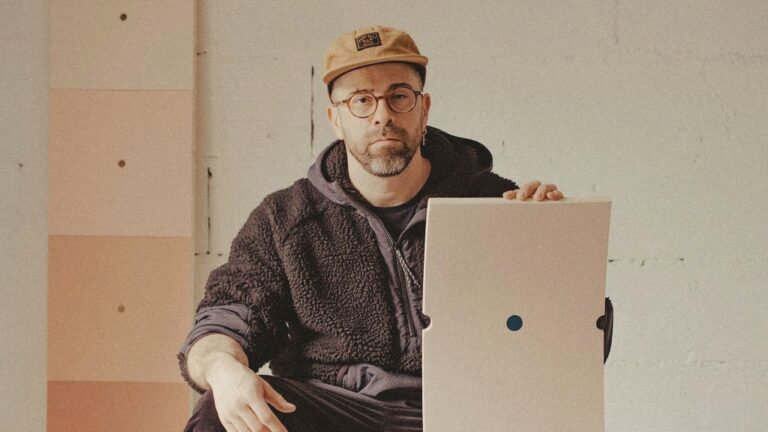
A Conversation with Alejandro Javaloyas
A Studio Visit During the La BIBI Residency
Artist residencies come in various shapes, forms, models, and locations. However, generally speaking, the artist residency can be defined as:
The artist residency is an artistic program designated to support artists, most often initiated and funded by government bodies, non-profit organizations, or private patrons of the arts, providing accommodation and financial support within a specific time frame and location for the artist-in-residence.
Artist residencies most often work with an open-call policy with a few more exclusive variations by invitation only. Residencies often have a specific focus for their open-call policy aligned with the mission of the organizing entity. For instance, most artist residencies focus on supporting young artists (<35 years old), whereas other residencies might focus on a specific nationality, artistic discipline, or even subject matter. In general, artist residencies organized by the state or a cultural institution are more prestigious than private initiatives—with a few exceptions. Not only do they support artists to create and improve their art, but they are also an important validation from the art world and a great asset to your artist’s resume.
The way these initiatives operate is also very versatile. Here are some key characteristics an artist residency includes, and the more of these aspects they provide, the better and more prestigious the residency is:
(i) The artist residency provides professional studio accommodation free of charge.
(ii) The artist residency provides housing near the studio accommodation free of charge.
(iii) The artist residency has a reputed panel reviewing all open-call submissions.
(iv) The artist residency provides a mentor or provides a supportive artistic environment.
(v) The artist residency stands in for the artist’s expenses when it comes to art supplies, field-work, and research.
(vi) The artist residency stands in for the artist’s additional expenses, such as travel and food.
(vii) The artist residency organizes an exhibition at the end of the residency where the artist is able to present the works
created during the residency, providing an ideal platform where collectors, curators, and galleries meet.
(viii) The artist residency provides a fixed wage to compensate for the artist’s time during the program.
(ix) The artist residency does not charge the artists any application fees.
Regarding the application fee, many reputable artist residencies are still free of charge to apply for. However, due to the enormous increase of applicants, numerous high-end residencies have started to include application fees to process all applications. If your artist residency does not comply with the abovementioned characteristics, do not worry too much. However, always ask yourself the following questions: Who initiates the call? Who is judging the applications? Where is the money coming from—from the artists, or are they actually supporting the arts financially? Does the residency have a history of successful artists attending the residency?
Before we recite some of the most renowned residencies of the art world, please note that it is advised to start with applying to more entry-level open calls depending on your career, education, and resume. We highly recommend artenda.net to find art opportunities—and thus artist residencies—tailored to your personal recommendation. But before applying to any art contest, residency, grant, or exhibition open call, ensure that you are ready and have consulted our free information, career tools, or services to stand the best chances for success via our overview page with advice for artists. Good luck!
Since 1994, the Artist-in-residence program has been offering opportunities to contemporary artists to nurture their creativity and artistic vision. Situated just an hour away from Tokyo, ARCUS Studio’s residency provides a serene environment for artists to engage with Japan’s contemporary art scene and immerse themselves in their creative pursuits. Interactions with the local community are encouraged, facilitated by a dedicated team of coordinators and regular curator-led tutorials, allowing artists to explore new approaches in their practice and take on artistic challenges.
The program places a strong emphasis on research-based practices and encourages artists to showcase their initial results at open studios. It welcomes ideas for art projects that evolve from interactions with people, the land, and culture, aiming to create inclusive and globally oriented critical spaces. The duration of the residency program is approximately 90 days. Participants receive a private studio, accommodation, transportation, production fee, living expenses, and staff support (the living expense and production fee for 2023 was set at 567,000 JPY and is subject to change). All applicants must be artists or artist groups involved in contemporary visual arts or related fields, have a non-Japanese nationality, reside outside Japan with legal entry permissions, and not be enrolled in an educational institution during the program period (unless it is a Ph.D. program), and have English language proficiency for communication with fellow artists and staff.
For more information, please visit the residency’s website here.
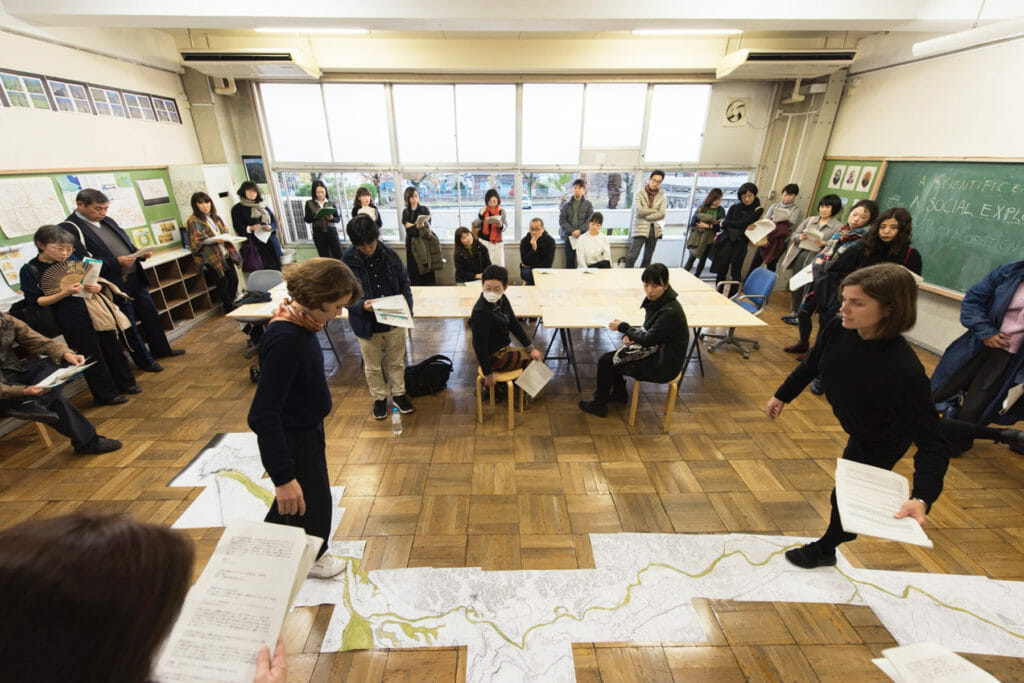
The Boghossian Foundation Residency, located at Villa Empain in Brussels, Belgium, is an open residency for artists from diverse backgrounds. The restored former housekeeper’s building, established in 2010, provides a tranquil setting for artists to develop their artistic practices while being inspired by a vibrant cultural environment. The Foundation, committed to fostering dialogue between Eastern and Western cultures, promotes exchanges with the Middle East, welcoming the winners of the Boghossian Foundation Prize in Lebanon and collaborating with Creative Armenia to host three Armenian artists annually.
This Residency serves as a hub for contemporary creativity and intellectual exchange, facilitating interactions among artists, curators, writers, and scientists on an international scale. Artists can apply for the Residency program year-round. For artists based in Brussels, there is also an external residency option with access to the Residence studio during Villa Empain’s opening hours. The Foundation covers travel expenses for international artists, and the duration of the stay typically ranges from two to three months, depending on the project and facility availability. The residency building comprises shared common areas (living room, kitchen, bathrooms) and three individual bedrooms. Additionally, artists share a studio space that is accessible 24/7.
For more information, please visit the residency’s website here.
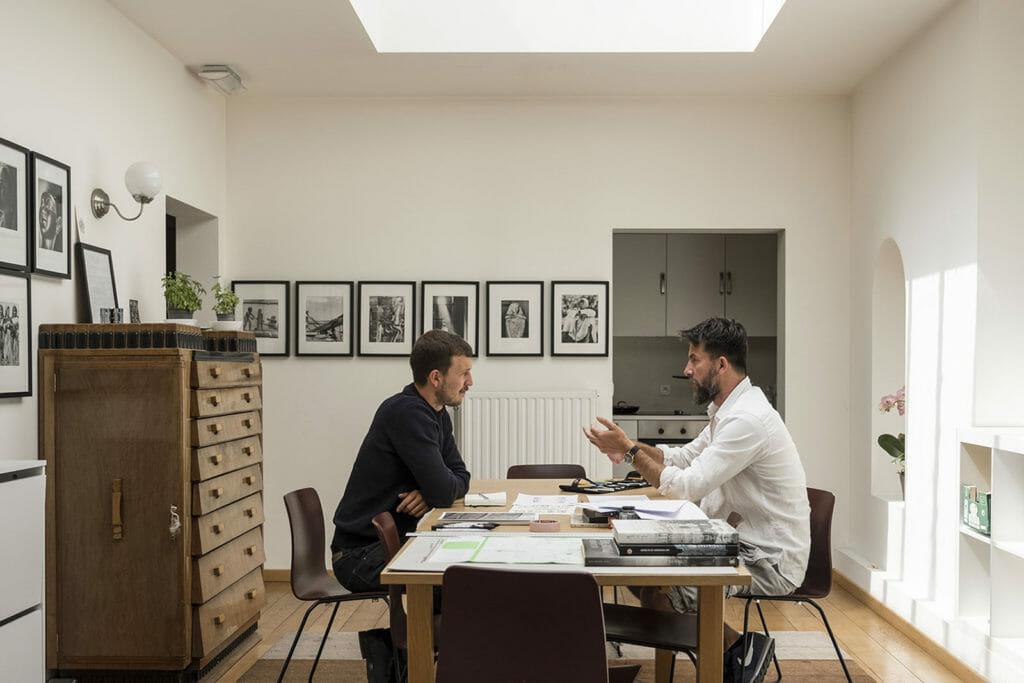
The International Studio Programme at Künstlerhaus Bethanien serves as a platform for emerging artists worldwide. It offers artists-in-residence the opportunity to work on and realize a project during a fixed timeframe while also establishing themselves within Berlin’s art scene. The program’s primary focus is on providing individual support and creating connections between the resident artists and the broader local art community.
As part of the International Studio Programme, Künstlerhaus Bethanien provides various services, including curatorial assistance for project implementation, access to workshops and technical resources with qualified staff, showcasing the artists’ projects created at the institution, promoting resident artists’ events, hosting at least two annual “Open Studio” events, involving artists in larger projects such as exhibitions, producing and distributing publications related to the projects, facilitating connections with international curators, critics, theorists, gallery owners, and collectors through studio visits, organizing seminars, talks, and readings, and connecting artists with international institutions, projects, and exhibitions.
The costs of residency are covered by international bursaries, which include a monthly stipend for living expenses throughout the residency period. The grant also covers studio rental costs, provides a lump sum for materials, and supports the presentation of the final project. Typically, residencies last for 12 months, and the artists’ projects are exhibited in the galleries of Künstlerhaus Bethanien. Residents interested in creating project-related publications may also receive assistance from the institution’s staff.
For more information, please visit the residency’s website here.
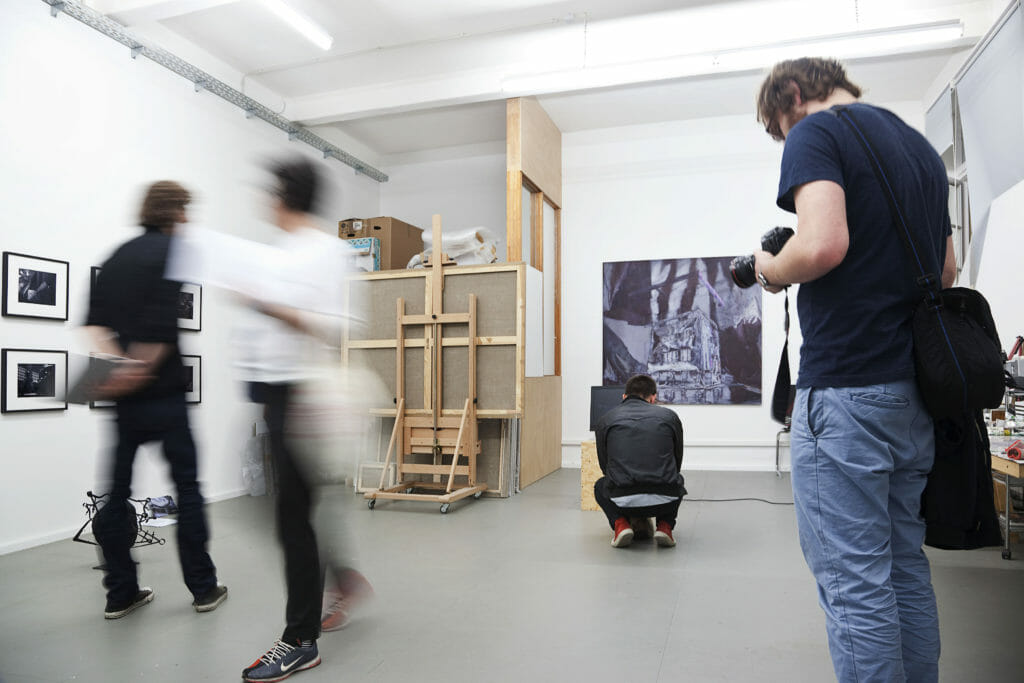
The DAAD Artists-in-Berlin Program is a highly respected artist-in-residence initiative that welcomes established artists in the fields of fine arts, film, literature, and music from around the world. This program serves as a platform for artistic and cultural exchange, both within Europe and beyond. Annually, it invites applications for approximately 20 scholarships, supporting typically year-long stays in Berlin. These scholarships are intended for exceptionally talented and internationally recognized artists from foreign countries. The Artists-in-Berlin Program aims to provide a nurturing environment for creative work, encourage diverse artistic perspectives, and uphold the freedom of artistic expression, both in visual arts and the written and spoken word. Scholarship recipients have the autonomy to develop their artistic approach, work on their projects, and engage with fellow artists.
The program is open to internationally acclaimed and outstanding artists from abroad who wish to come to Berlin to pursue their artistic endeavors and collaborate with fellow artists. Age is not a limiting factor. Scholarship recipients receive monthly allowances to maintain a suitable standard of living. Furnished residences are provided for their accommodation. The program covers travel and baggage expenses for the artist, their partners, and children if they accompany the artist to Berlin for the entire duration of the invitation. Additionally, health and accident insurance, as well as German language lessons, are included as part of the scholarship package.
For more information, please visit the residency’s website here.

De Ateliers is an artist institute in Amsterdam that primarily caters to emerging artists at the early stages of their professional careers. They offer a specialized two-year program designed to meet the needs of highly motivated artists seeking to strengthen their artistic foundations, expand their ideas, and deepen their practice in a focused and critical environment. The program revolves around weekly one-on-one studio conversations with both regular and guest tutors, most of whom are practicing artists themselves. The goal is to provide a variety of perspectives and critical feedback to help artists gain a better understanding of their artistic position and creative process.
De Ateliers is a small-scale institution with 20 spacious studios situated in a historic studio building in the heart of Amsterdam. In addition to individual studio spaces, it provides access to basic workshop facilities, a library, public programs, and connections to relevant art and knowledge institutions in Amsterdam and beyond. Participants can also access shared housing and receive stipends to cover basic living expenses during their stay in Amsterdam. While there is no formal age limit for applicants, most candidates are typically under 28 years old. Proficiency in English is required, and a completed art education is not mandatory. Applications are reviewed by the artist tutor team at De Ateliers, and assessment criteria include the potential for artistic development, artistic urgency, and an interest in exploring visual, material, and formal possibilities within a studio context.
For more information, please visit the residency’s website here.
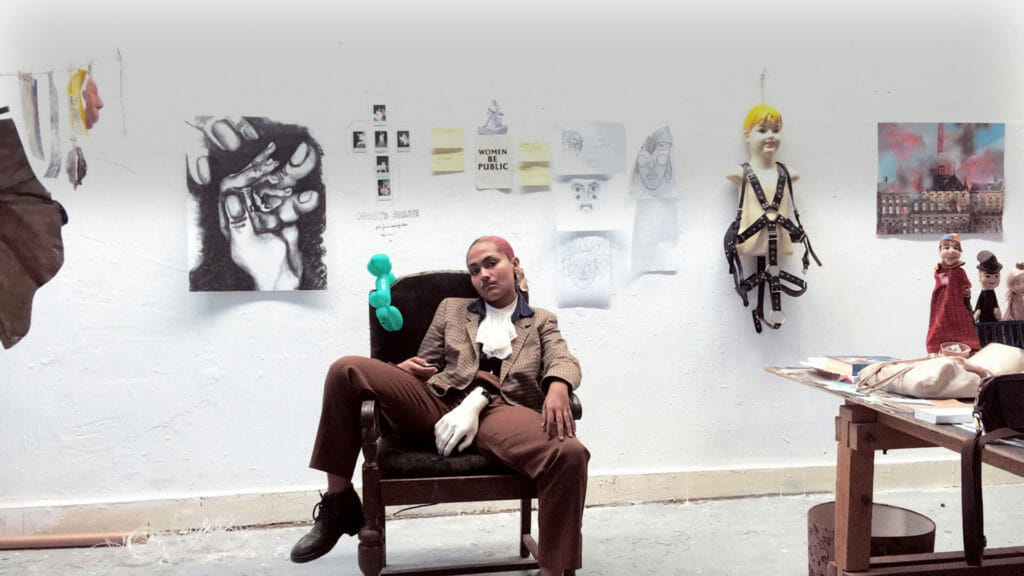
Gasworks, established in 1994, is a non-profit organization dedicated to contemporary visual art. It operates at the intersection of UK and international art practices and debates. Gasworks provides studio spaces for artists based in London, commissions emerging artists from the UK and around the world to present their first major exhibitions in the UK, and runs an international residency program that offers unique opportunities for artists from around the world to research and develop new work in London. These programs are often accompanied by events and participatory workshops to engage audiences directly with the artists and their work.
Gasworks places a strong emphasis on process and development. It fosters long-term relationships with artists, providing them with the support and resources needed to test new ideas and engage in dialogue with peers and the public. This level of support helps artists take significant steps in their professional careers, whether it leads to a work-in-progress, an event, or an exhibition. Over the years, Gasworks has collaborated with more than 500 artists from 80 countries. Many of its alumni have gone on to exhibit at major institutions and receive prestigious awards such as the Turner Prize, Absolut Award, and Pinchuk Art Prize. Notable alumni include Yinka Shonibare, Goshka Macuga, Marvin Gaye Chetwynd, and others.
For more information, please visit the residency’s website here.
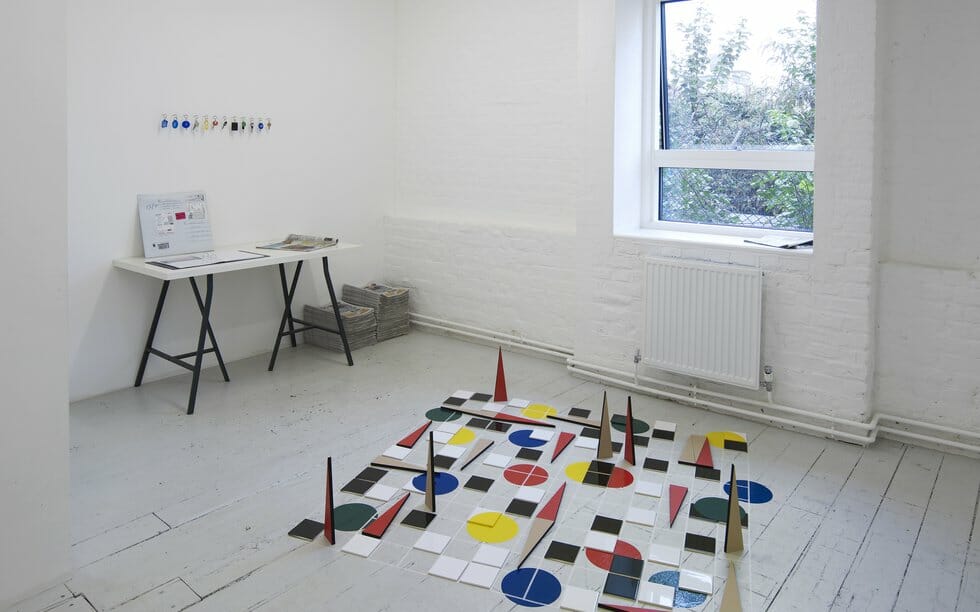
The IASPIS international residency programs provide artists with opportunities for artistic growth, global interactions, and the sharing of knowledge. These programs encompass residencies both within Sweden and abroad. In Sweden, there are nine residency spots available at the Swedish Arts Grants Committee’s facilities in Stockholm, and an additional three are organized in partnership with local entities in Gothenburg, Malmö, and Umeå. Internationally, the program offers residencies in collaboration with organizations worldwide, allowing artists to engage in creative exchanges and development across international borders.
Artists are provided a unique opportunity to work in their personal studio for a duration of three to six months. During this time, they can interact with peers from both Sweden and around the world and engage in all of IASPIS’ offerings. These include access to a studio within the Swedish Arts Grants Committee’s premises and a scholarship that covers living expenses, accommodation, and work-related costs. Swedish-based artists are responsible for arranging their own accommodation during their residency, while international artists are offered housing assistance. All resident artists can actively participate in various IASPIS activities throughout their stay, such as talks, meetings, study visits, travel opportunities, studio visits by visiting international curators, and public events.
For more information, please visit the residency’s website here.
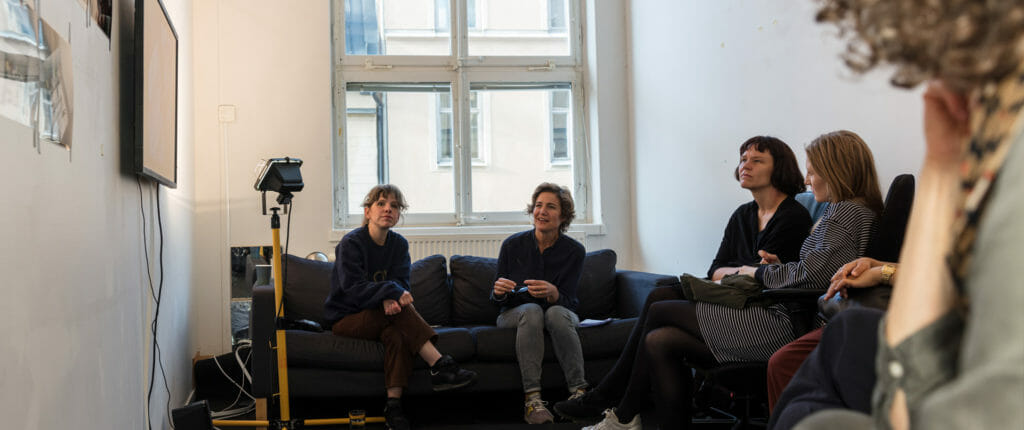
The Rauschenberg Residency is a creative haven that invites artists of all backgrounds and disciplines from around the globe to live, work, and cultivate their creativity. Situated on the former property of Robert Rauschenberg on Captiva Island, Florida, where he resided and worked for nearly four decades, this facility boasts an 8,000-square-foot studio constructed by Rauschenberg in 1992, along with a collection of historic homes and studio spaces. The location is not only infused with natural beauty and serenity but also carries a unique historical legacy. The Robert Rauschenberg Foundation initiated the residency program in 2012–13 through a series of five initial residencies that helped shape the program. It now hosts eight four- to five-week residencies annually, accommodating approximately 100 artists and scholars. Participation in the residency is by invitation only.
The Rauschenberg Residency draws inspiration from Robert Rauschenberg’s formative years at Black Mountain College, where artistic community and collaboration played pivotal roles in his art and exploration. The residency serves as a platform for the development of new artistic works, encourages the exploration of diverse mediums, and functions as a research and development laboratory. It is rooted in the belief that artistic practice fosters mutual understanding and emphasizes the preservation of a sensitive and pristine environment deeply integrated with the local surroundings.
For more information, please visit the residency’s website here.

Tabakalera, the vibrant cultural center located in San Sebastián, Spain, is not just a hub for contemporary art; it’s also a nurturing ground for artists, creators, and cultural agents. With an international artist residency program, Tabakalera opens its doors to artists and offers them invaluable time, space, and resources to bring their artistic visions to life. The Tabakalera residency program is designed to foster the professional development of its participants. It offers an array of resources and services that empower artists to thrive in their creative journeys. For instance, Tabakalera provides conducive workspaces where artists can nurture and materialize their artistic projects. These spaces are designed to inspire and facilitate the creative process.
To further enhance their skills and knowledge, artists in residence can participate in training programs that provide valuable insights into their craft and the contemporary art world. Tabakalera doesn’t just provide physical resources; it also helps artists gain visibility for their work. The program offers opportunities for artists to showcase their projects and provides personal guidance and support throughout their residency. Economic resources are available to ensure that artists can fully focus on their creative processes without financial constraints. To conclude, perhaps most importantly, Tabakalera offers a vibrant creative environment where artists can interact with local and international peers. This fosters collaboration, inspiration, and the exchange of ideas.
For more information, please visit the residency’s website here.
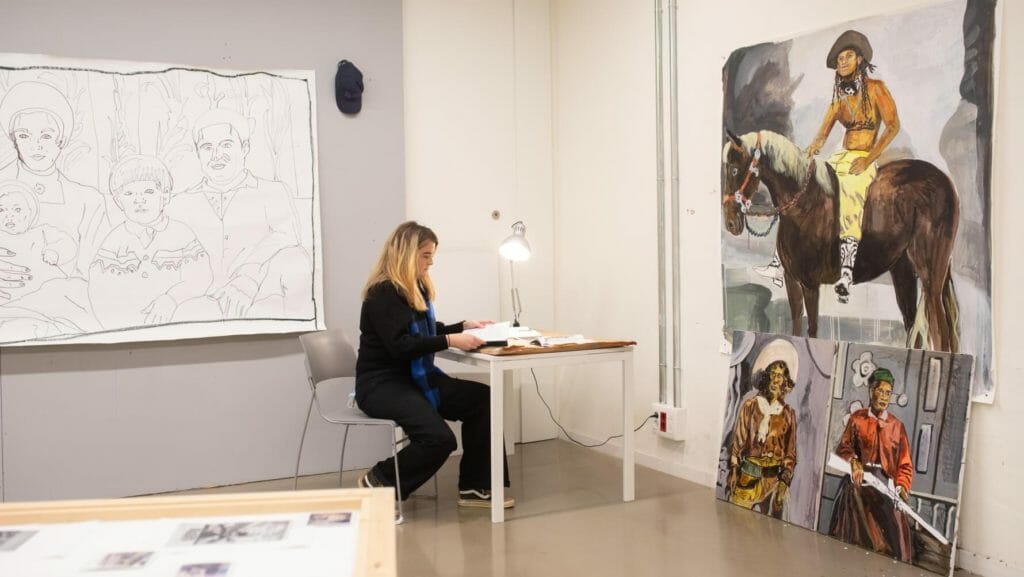
The Independent Study Program (ISP) of the Whitney Museum of American Art is a comprehensive initiative comprising three interconnected components: the Studio Program, Critical Studies Program, and Curatorial Program. This dynamic program serves as a platform for students pursuing various aspects of the art world, encompassing art practice, curatorial endeavors, art history research, and critical writing. It facilitates ongoing dialogues and debates that delve into the historical, societal, and intellectual contexts of artistic creation. The ISP also promotes the theoretical and critical examination of the systems, institutions, and dialogues that shape the realm of culture.
Every year, a total of fifteen students are chosen to participate in the Studio Program, while four are selected for the Curatorial Program, and six for the Critical Studies Program. The program kicks off in early September and concludes at the end of the subsequent May. Many participants are affiliated with universities and art schools, earning academic credit for their involvement, while others have recently completed their formal education.
For more information, please visit the residency’s website here.
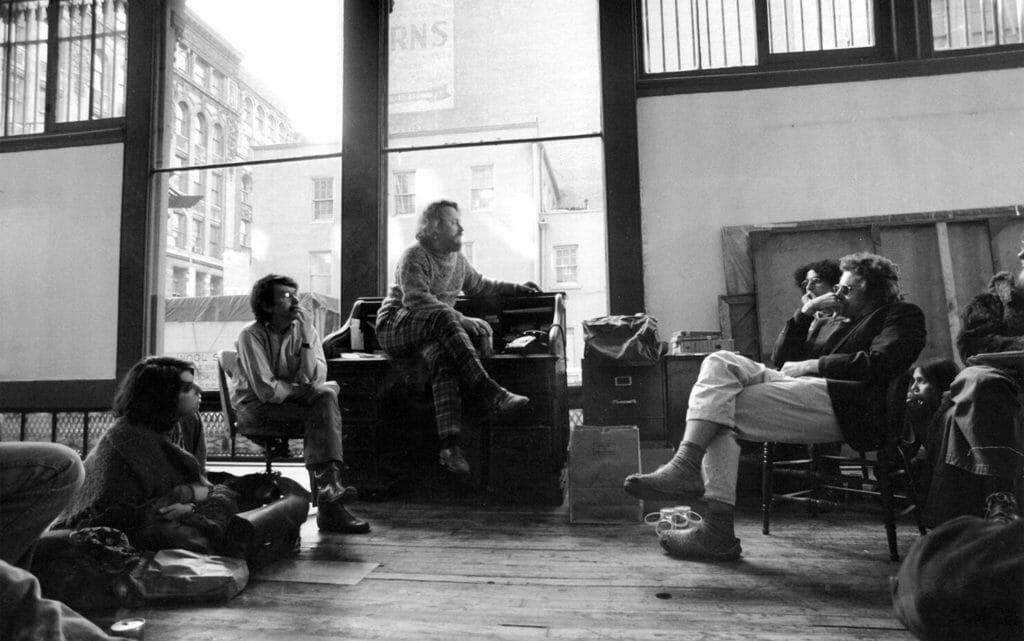
Last Updated on September 29, 2023

A Studio Visit During the La BIBI Residency
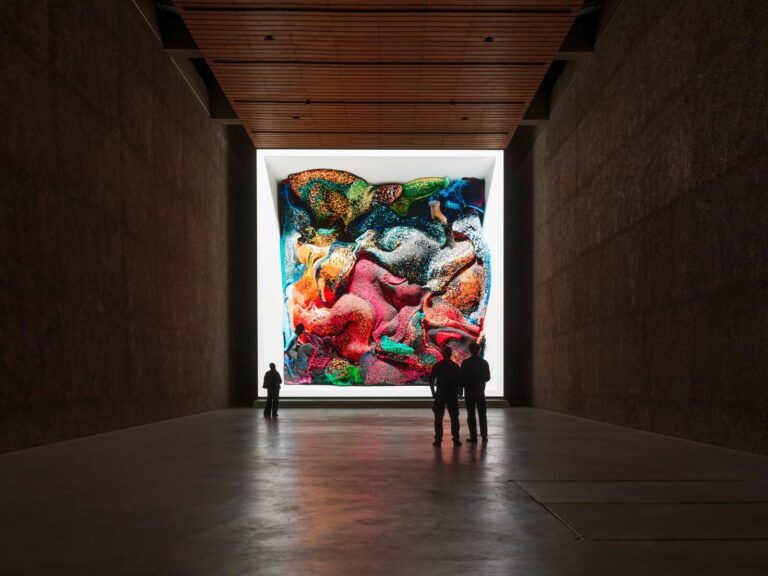
A Reasoned Anthology